How To Use A Sprouter?
From the houses in the rural towns to the apartments in the scurrying cities, sprouts continue to be the choice of nutritious breakfast for families across the globe. The sight of the rigid outer membrane slowly softening on the tunes of the calming water surrounding it is fascinating. As a kid that enjoys watching grains sprout to an elder that cannot go a day without it, sprouts emerged as a traditional staple for many Indian families.
Our mothers learned it from our grandmothers, and we learned it from our mothers. The traditional method of sprouting is implicitly taught as a legacy in our families. In the olden days, the grains were soaked in a large clay container as it was conveniently available in the markets. With the boom of technology over the years, utility suddenly started sifting from the kitchens and aesthetics took its place. Any utensils in the kitchen were used as a sprouter, as the idea of sprouting was limited to the soaking of grains in water.
With the increase in awareness and knowledge about the subject, it became known that the benefits of the grains are only obtained when they are correctly sprouted.
Sprouter by Ellementry
The days of compromising with quality in the bid to select the most visually appealing design are gone. Ellementry extrudes its beliefs and values in the production of the handmade terracotta sprouter. They are engineered with precision and designed with love to enrich the kitchens which use it. The nostalgia of yesteryears will brim your feelings every time you take the sprouter out for your grains.
The contrived design of the terracotta sprouter warmly supplies the moisture required by your grains to sprout. Terracotta absorbs any excess water that might affect the nutritional value of your grain because health forms the elementary part of your body’s wellbeing. With a free mind, soak your grains in the sprouter and only touch it back to collect the germinated sprouts. Terracotta will get the job done for you.
At Ellementry, we believe in excellence that comes at the cost of fruitful drudgery. Our artisans design every curve and ridge of the sprouter with affection, so that the sprouts you soak in this utensil germinate thoroughly to nourish your family with its goodness.
Why Terracotta?
You must have come across the word ‘terracotta’ on the kitchenware aisle of your favourite supermarket. It serves two purposes – to describe the colour of the product and its building material. Standing different from its cousin clay, terracotta is made without the use of the potter’s wheel. As soon as the organic clay comes in contact with fire, with precision and technique, the potter designs the appearance of terracotta products.
Over the years, the traditionally used terracotta has received fame and value because of its utility. The minutely porous nature of the terracotta sprouter allows the moisture and heat to circulate at a slow pace, thus, making it suitable for ovens and microwaves. However, avoid using the sprouter for cooking on induction or gas, as extreme heat can damage the raw nature of this earthen ceramic.
How to use it?
A variety of dals and pulses such as lentils, black beans, moong beans, barley, quinoa, chickpeas, and barley are soaked before using them further for consumption. As a consumer, the choice of pairing these germinated grains with other vegetables or gravy is yours. However, you might have noticed people consuming these sprouts raw because the nutrients in the seeds enter their body directly, without any adulteration.
Regardless of the purpose, you use the sprouts for, the method of using it remains the same. With the steps mentioned below, your grains will germinate adequately and the life of the sprouter will increase:
- Prepare the sprouter for first use
Just like a baby is made familiar with the process of chewing before giving them the food, our utensils require some familiarity to produce the best results. On unboxing the sprouter from its package, fill it with cool water and cover it with the wooden lid. Soaking the terracotta for more than eight hours with water will prepare it for future use.
- Wash the grains in a separate container
Depending on the quantity you require, take the grains out and wash them in a separate container to remove the germs and dirt engulfing them. Empty the sprouter which was filled with water earlier. Take these clean grains and spread them over the base of your terracotta sprouter.
- Soak the grains in cool water
Once the grains are layered on the base of the sprouter, pour cold water over it in a 1:3 ratio, that is, for one spoon of grain, pour three spoons of water.
- Cover the sprouter with the wooden lid
Ellementry has supplied a wooden lid along with the sprouter for a bigger reason. This sustainable product creates a breathable environment for the grains to germinate. Cover the sprouter with the lid and let it soak for more than eight hours.
Any excess water that obstructs the proper germination of your seeds, will be absorbed by the porous walls of terracotta.
- Rinse the sprouts
The sight of the sprouted grains will make your mornings, as soon as you open the wooden lid of your sprouter. Rinse the grains in the final step and they are good to be consumed.
- Wash and clean
Once the sprouting process concludes, wash and clean the terracotta sprouter and the wooden lid as per the instructions.
Your healthy meal is now ready for consumption.

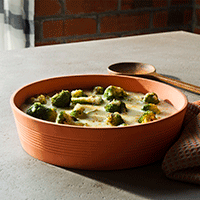
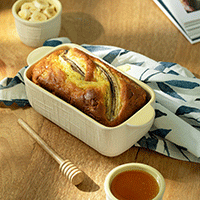
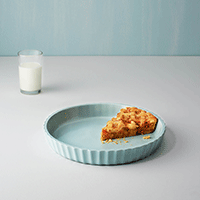

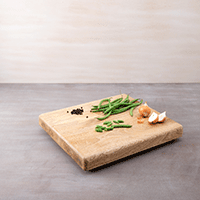
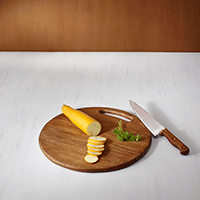
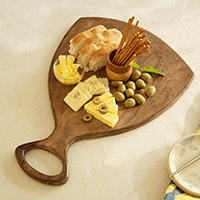
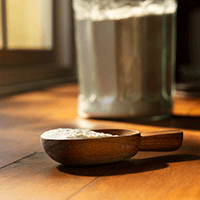
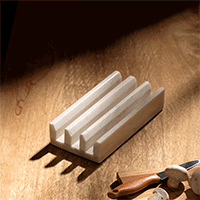

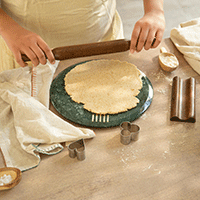
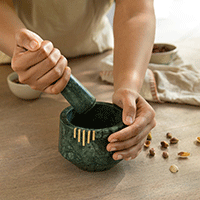
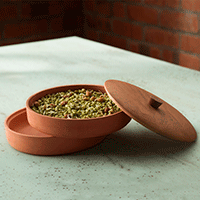
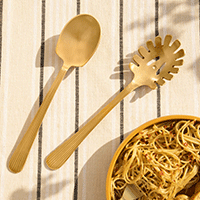
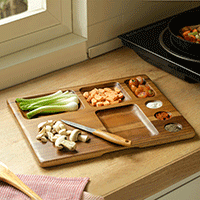
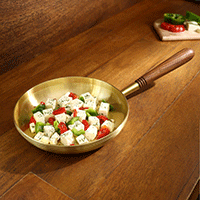
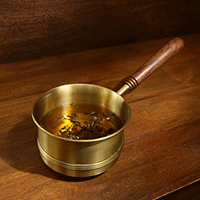
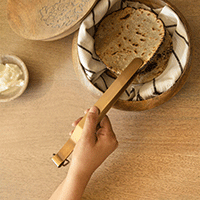
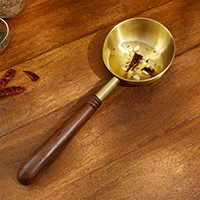
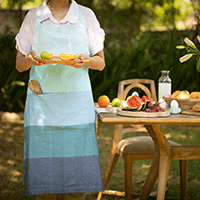
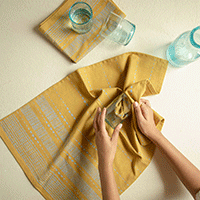
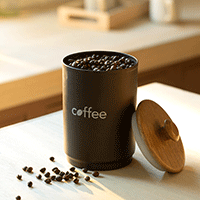
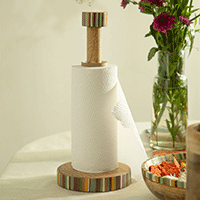
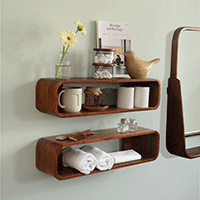
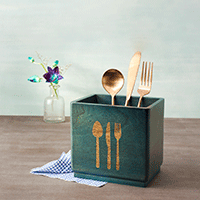
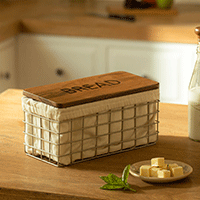
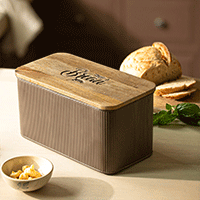
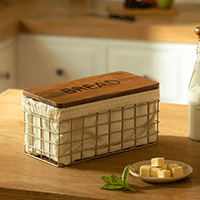
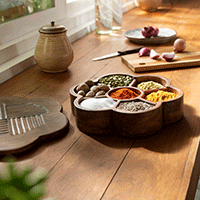

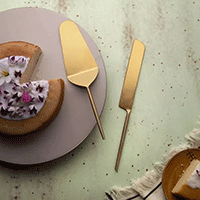
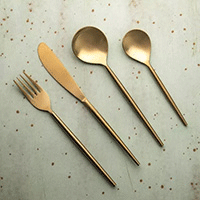
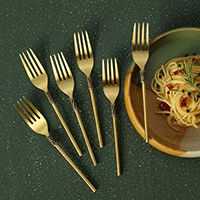
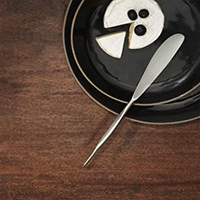
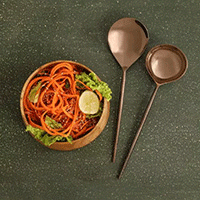
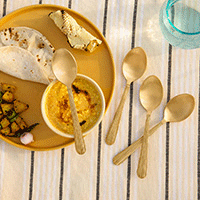
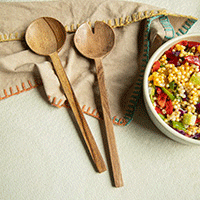
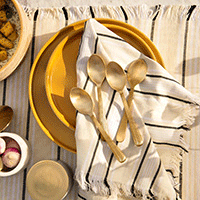
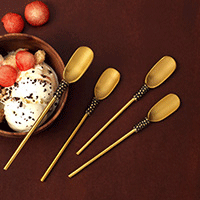
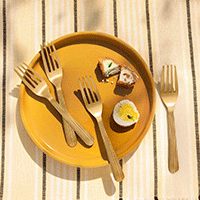
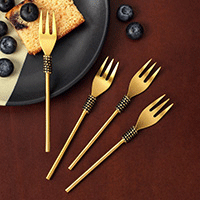
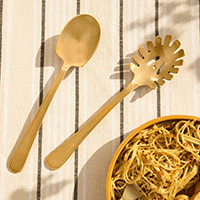
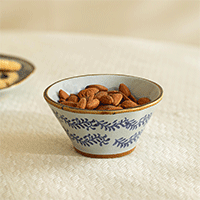
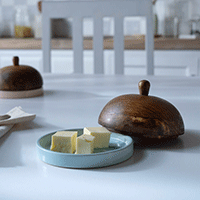
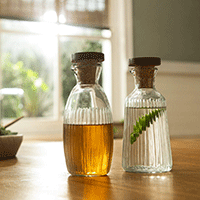
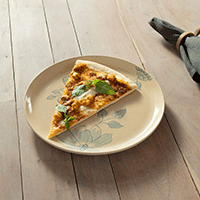
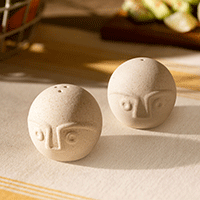
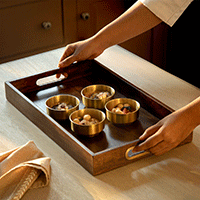
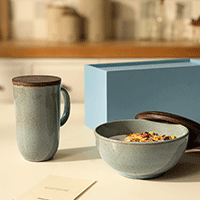


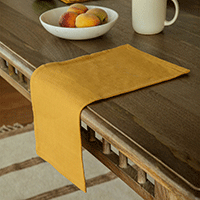
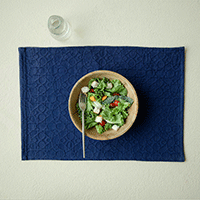
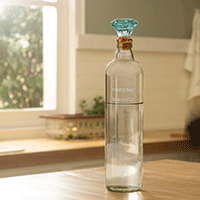
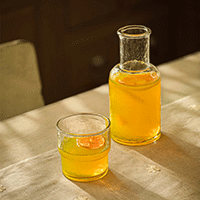
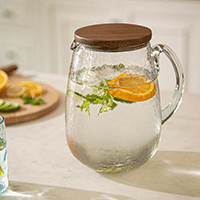
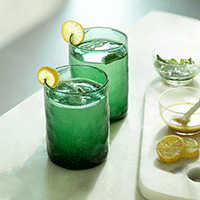
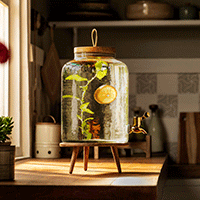
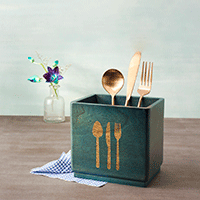
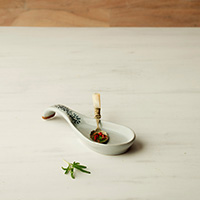
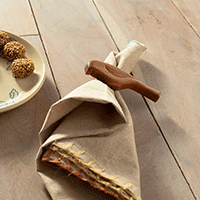

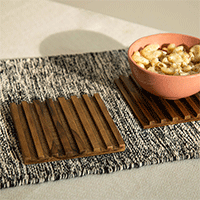
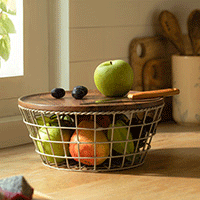
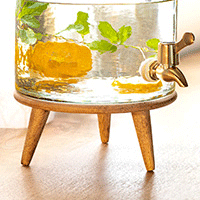
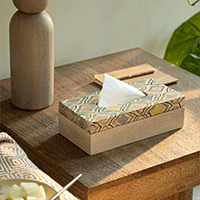

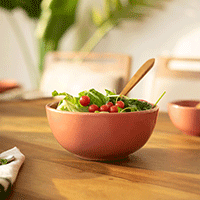
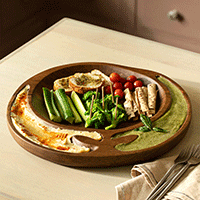
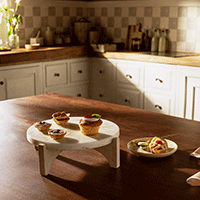
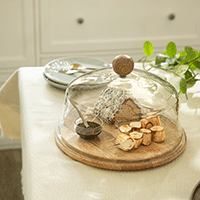
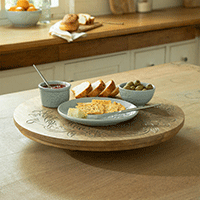
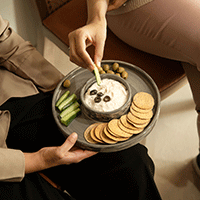
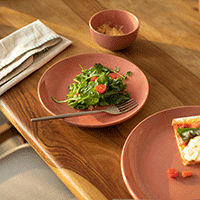
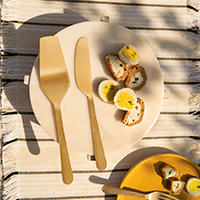
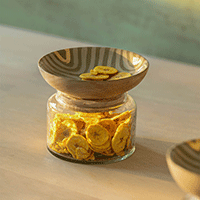
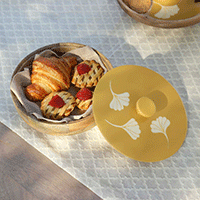
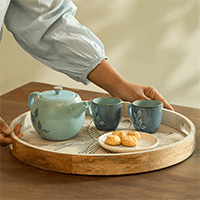
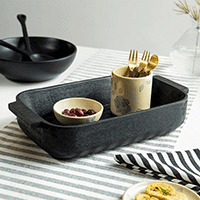
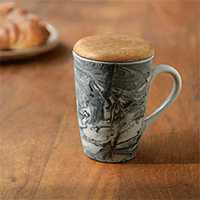
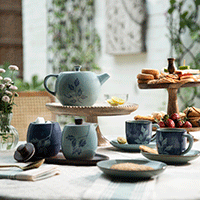
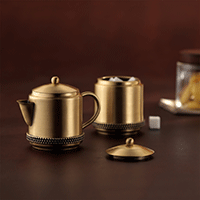
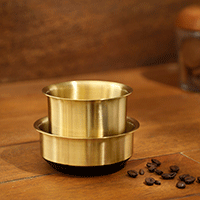

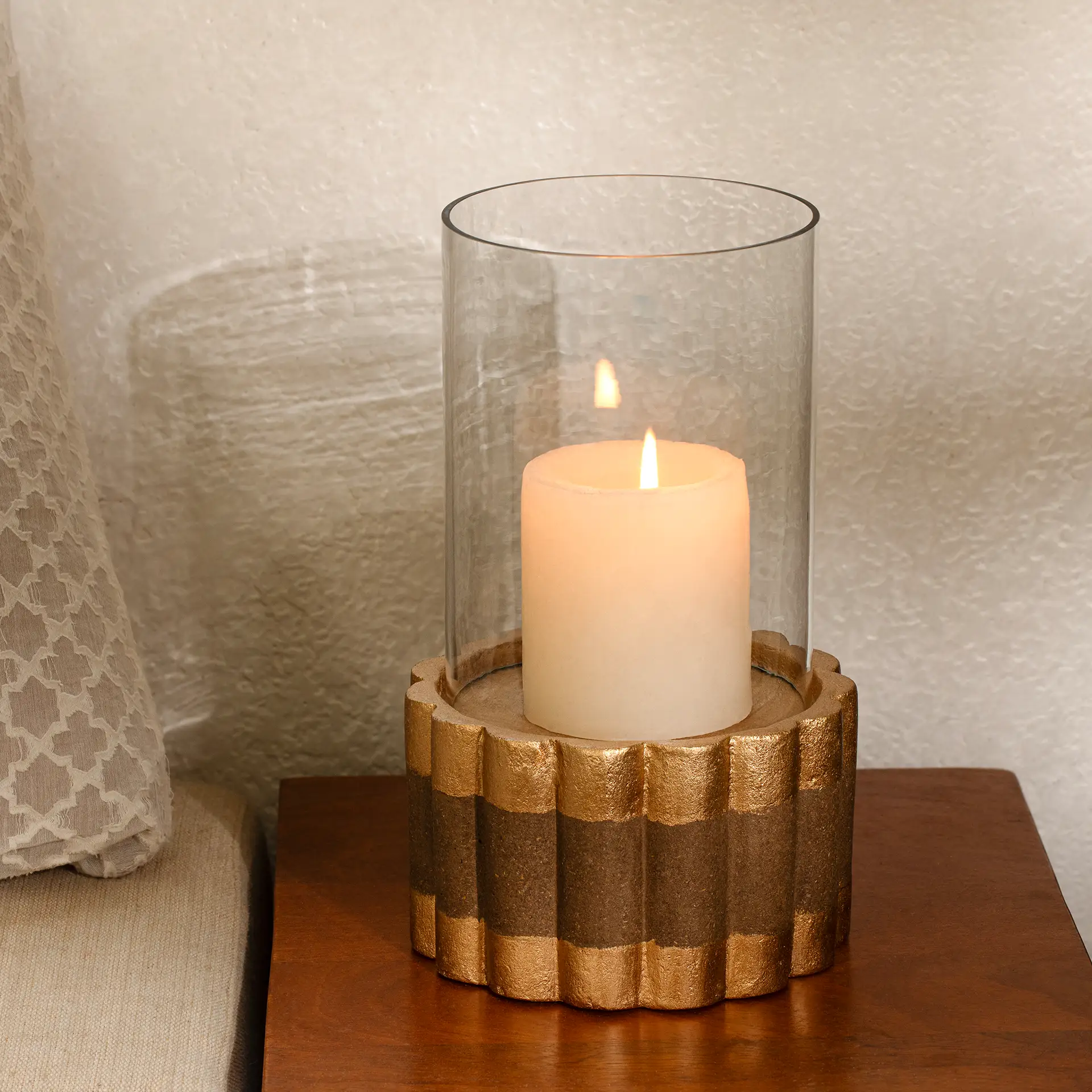


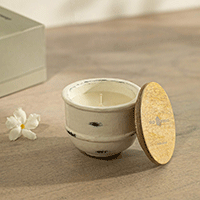
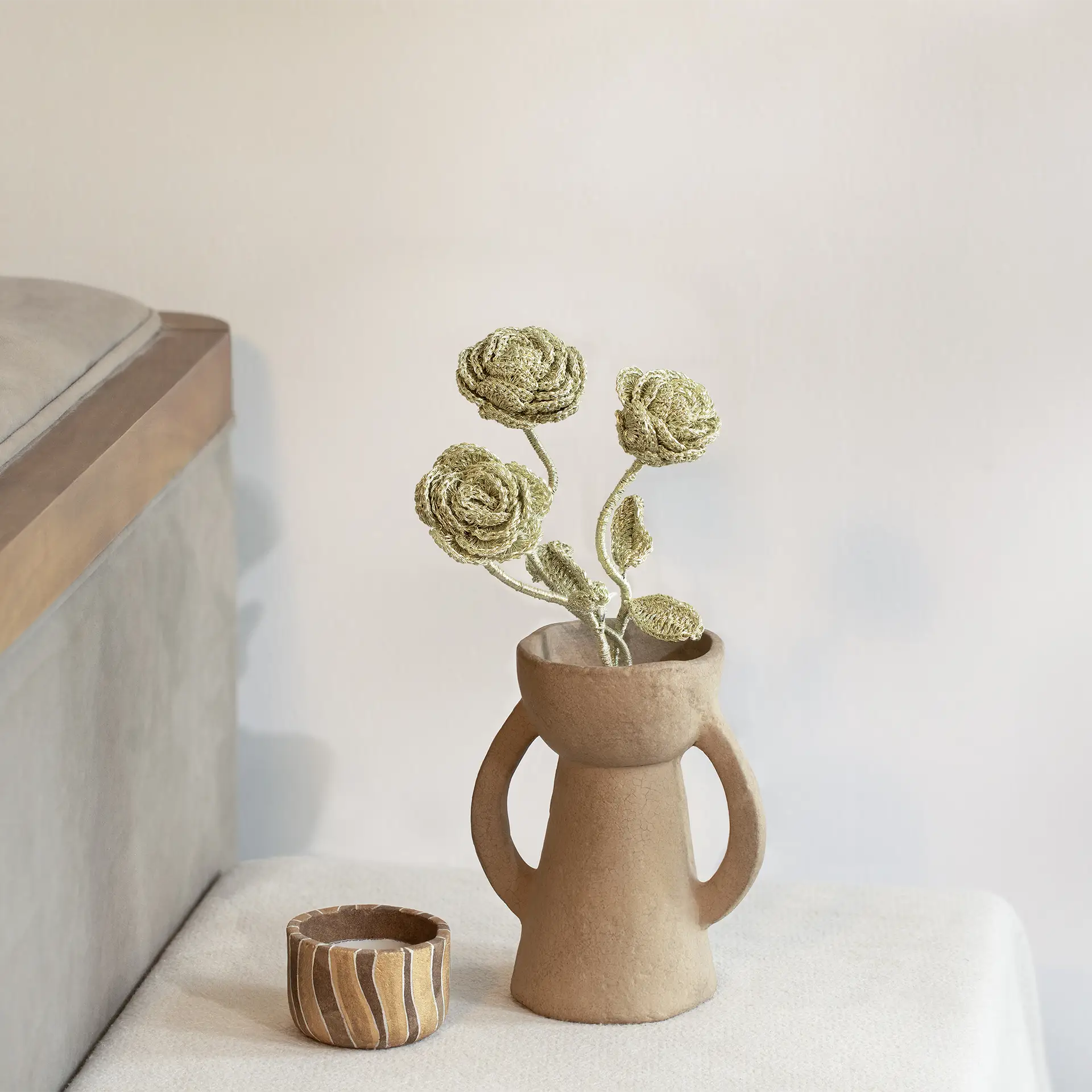
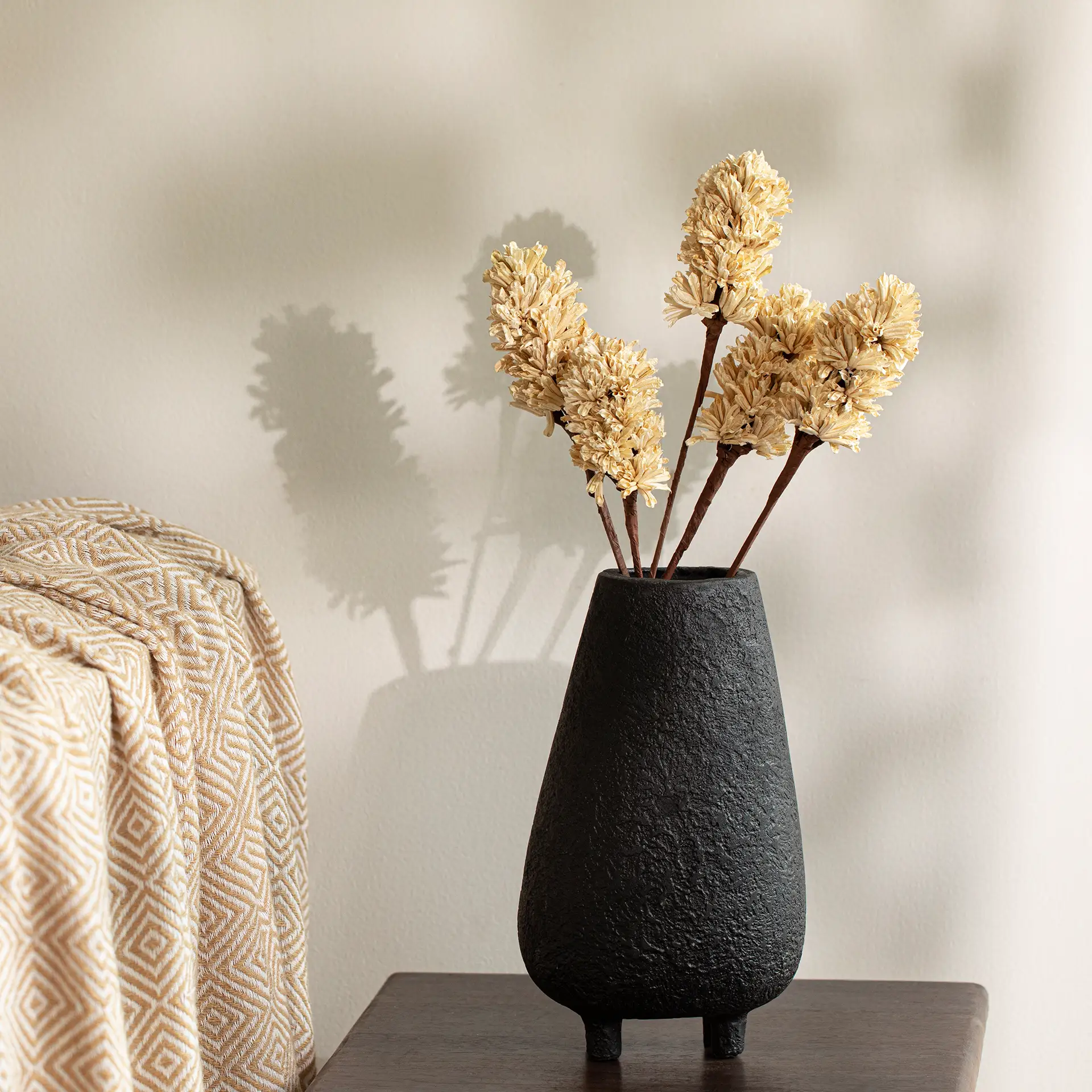
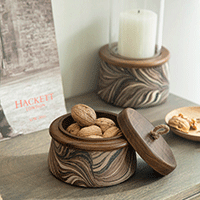
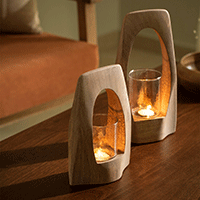

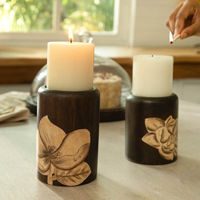
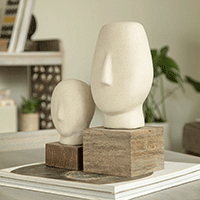
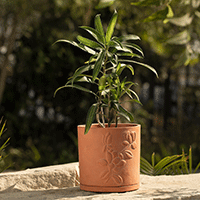
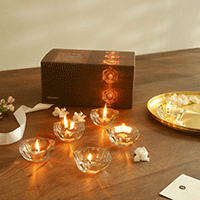
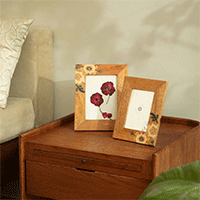
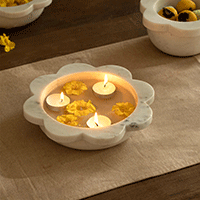

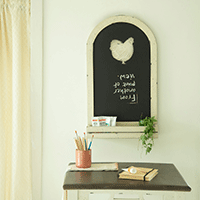
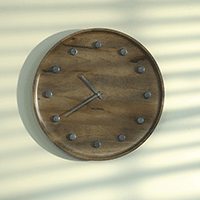
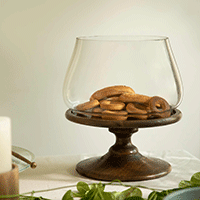
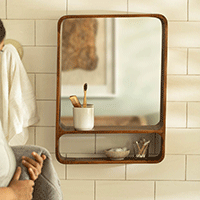
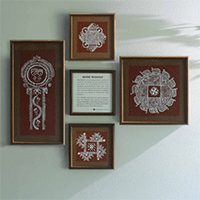

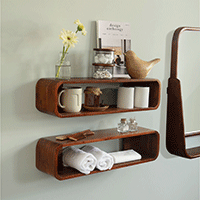
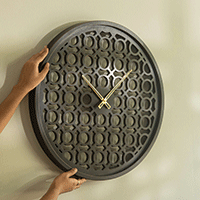

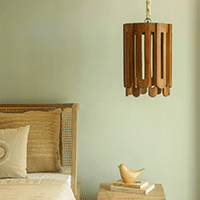
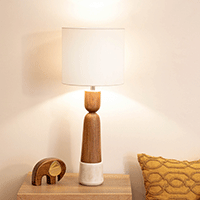

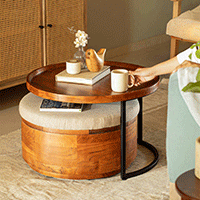
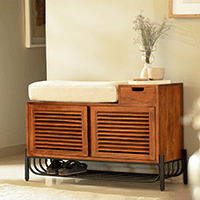
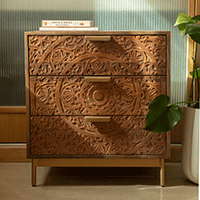
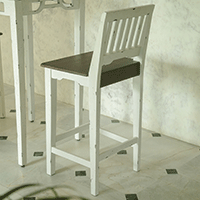
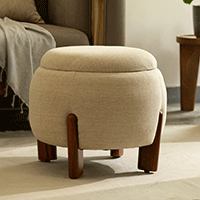
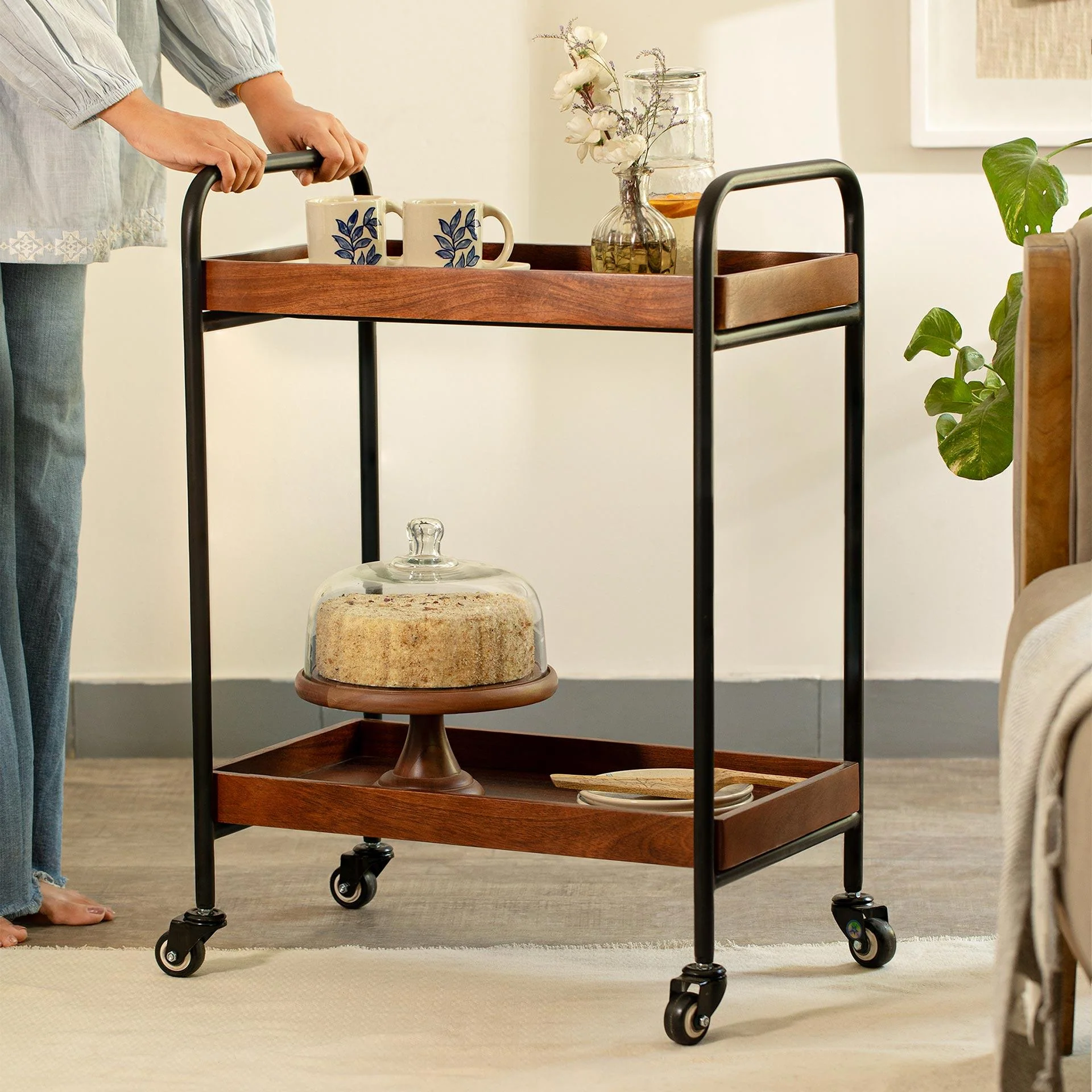

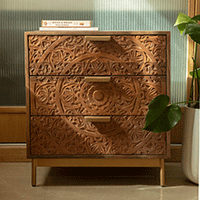

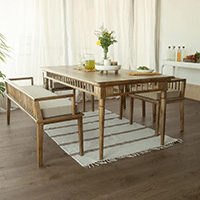
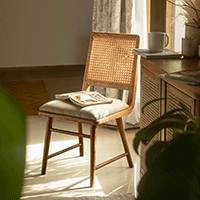

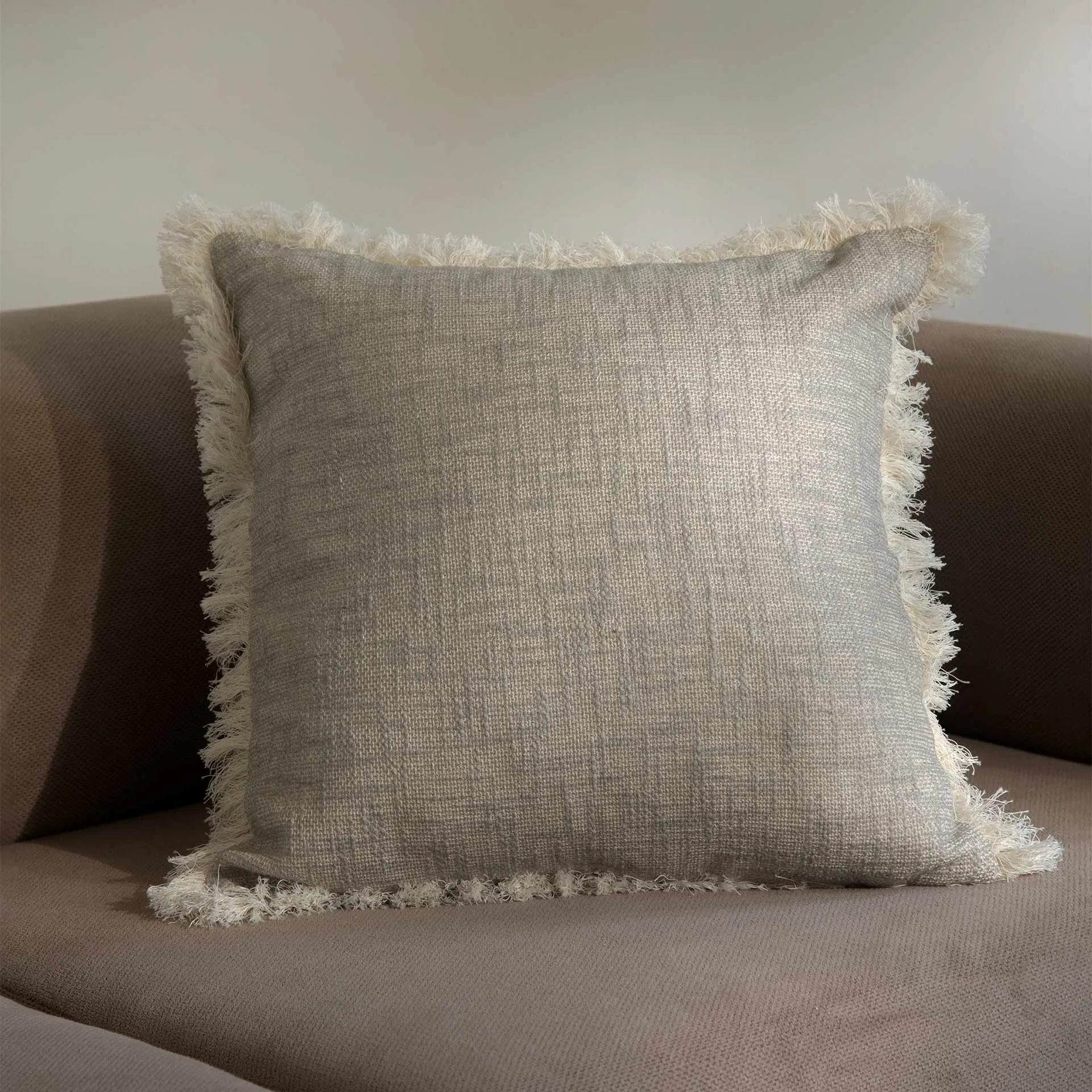
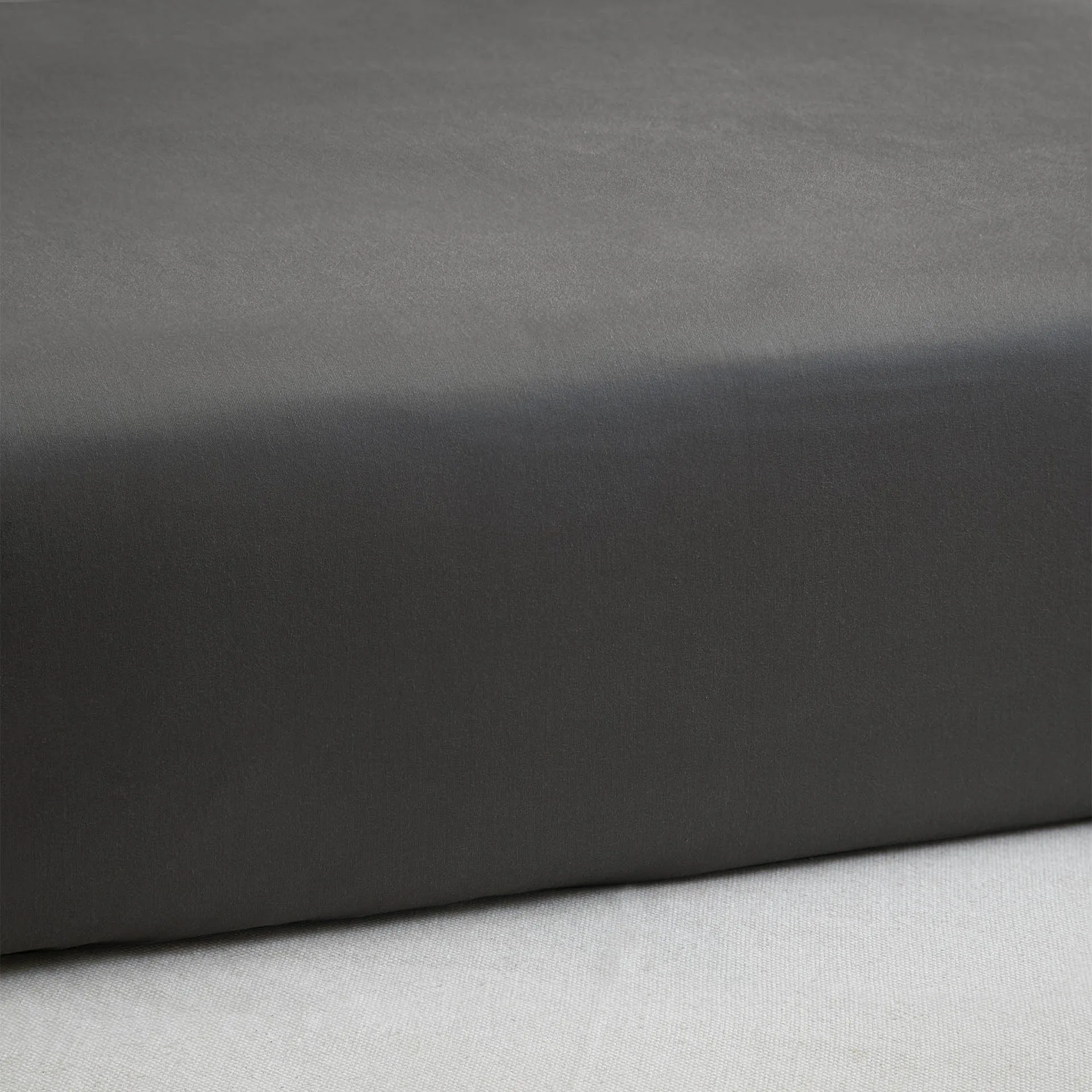

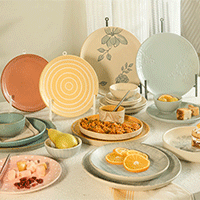
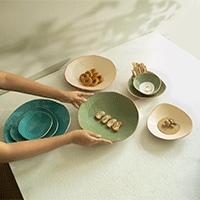
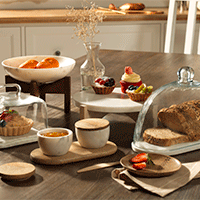
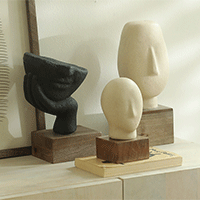
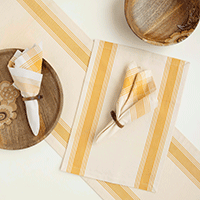
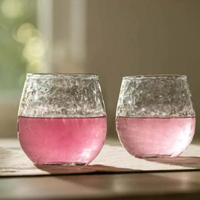
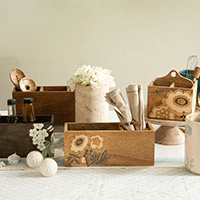
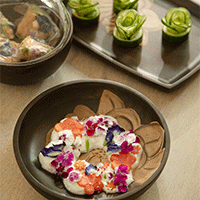
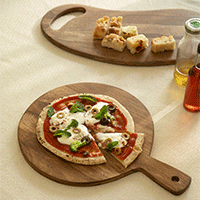
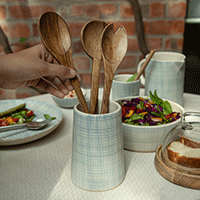
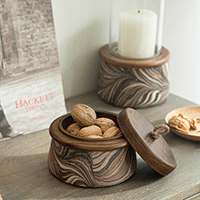
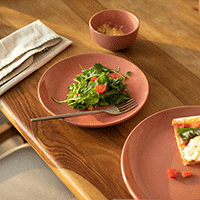
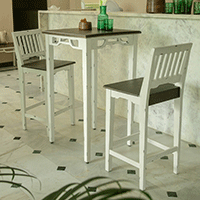
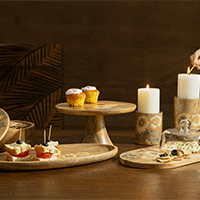
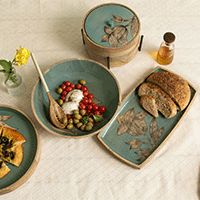
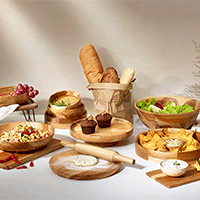
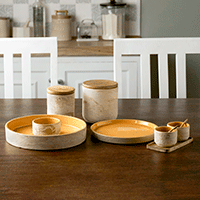
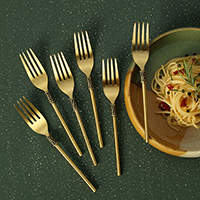
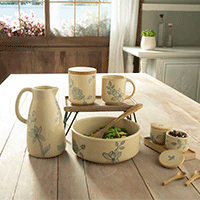
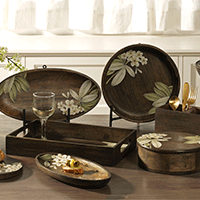
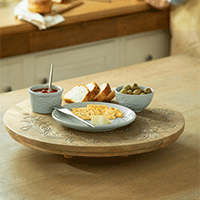
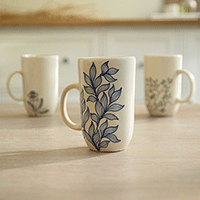
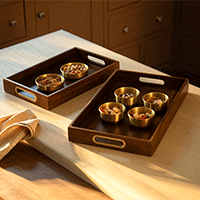

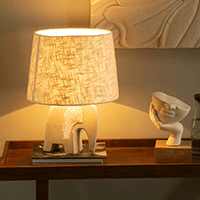
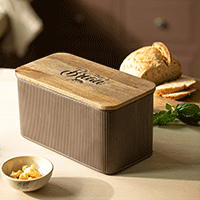
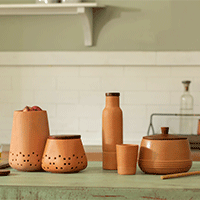
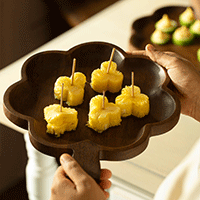
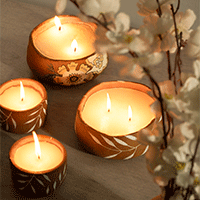
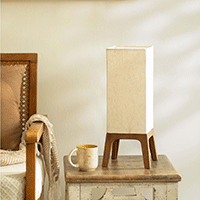
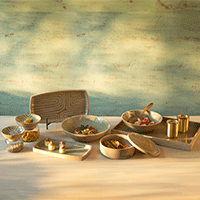
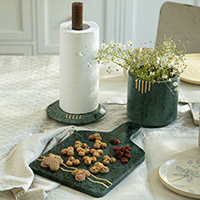
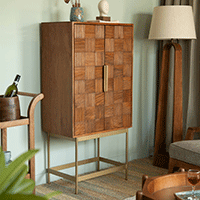
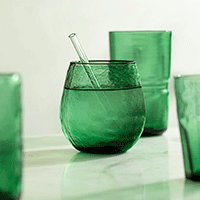
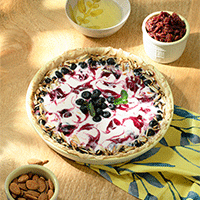
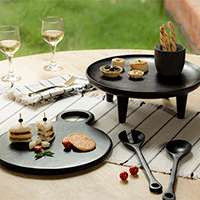
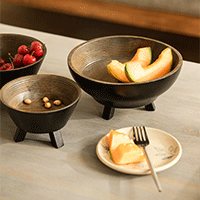
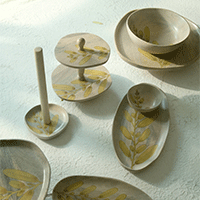
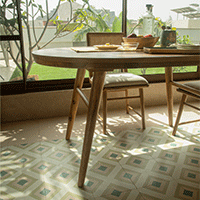
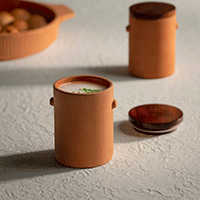
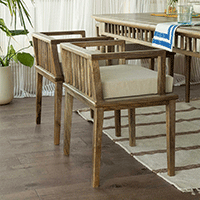

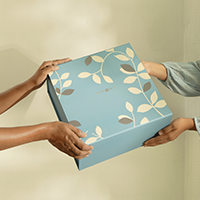
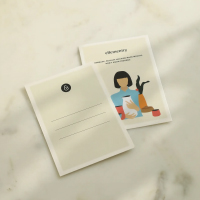
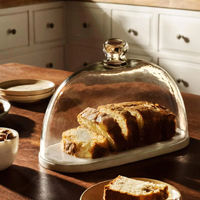
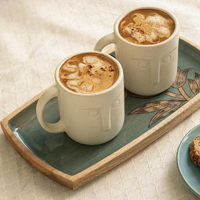
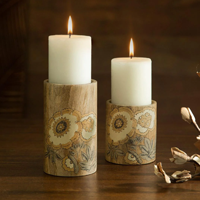
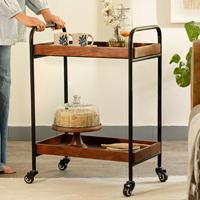
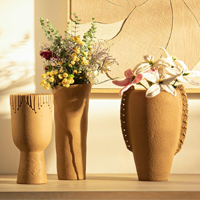
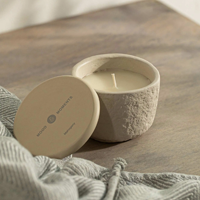
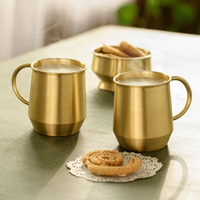
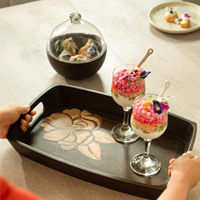
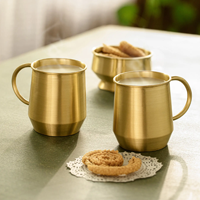
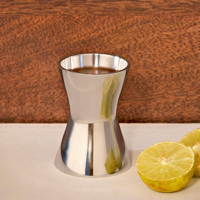
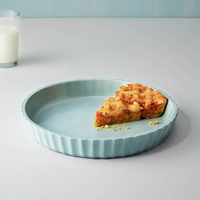
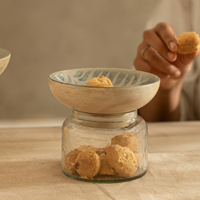
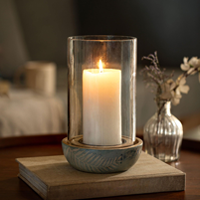
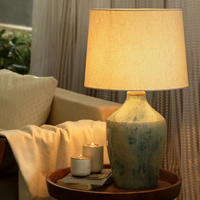
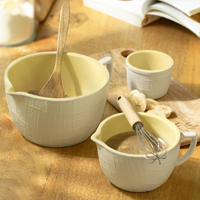
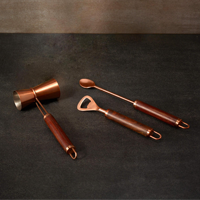
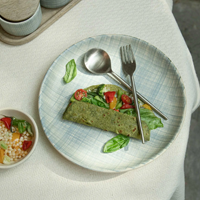














 easy returns
easy returns safe & secure
safe & secure hand crafted
hand crafted
